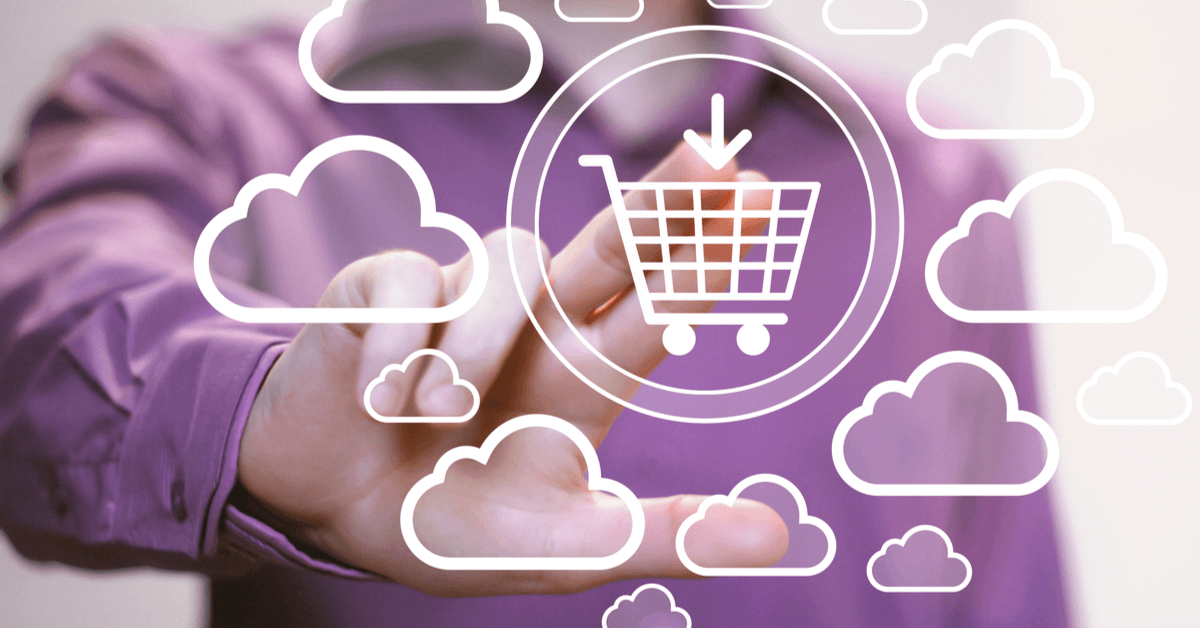Cloud and Retail: the market trends of an indispensable combination

Crisis or not, the retail sector has grown over the last two years and has been able to weather the storm that has raged around it and that, in other industries, has also claimed excellent victims. According to the Digital Innovation in Retail and eCommerce B2c Observatory of the Polytechnic University of Milan, in fact, from 2019 to 2021 online purchases in our country grew from €31 billion to €39.4 billion, with the most significant increase in products, which rose from €18 billion to €30.5 billion.
But it is not only the search for “safe and convenient” ways to make purchases that has characterised the retail world: the consumer today wants first and foremost reliability - hence customer support that is up to scratch - speed and efficiency - with fast delivery and reliable returns management - sustainability - the environmental impact and reduction of companies' emissions is increasingly a decisive factor in the consumer's choice - and, finally, immediacy - which involves the use of technology.
Cloud and retail, a must-have combination
Given these premises, highlighted by the observations of the Polytechnic University of Milan, it is clear that cloud and retail must now be considered an inseparable pair. Operators in the sector can no longer do without what the cloud can offer them: multi-channel, process simplification, scalability, cost reduction and powerful data analysis tools.
It is no coincidence, in fact, that the Retail Forum 2021 last November revealed precisely three trends that sum up this strong attraction between the retail sector and technology, the cloud in particular.
-
Cloud and retail must go hand in hand and allow companies to focus on implementing advanced logistics processes - from packaging to delivery - that are also able to ensure the sustainability of the entire supply chain.
-
In addition to the cloud, therefore, technologies such as blockchain, predictive analytics and RFID are becoming key players, helping companies to make Operations more efficient and sustainable, as well as providing customers with better and less impactful products.
-
Finally, the value proposition, because today customers' attention to intangible values is fundamental and the choice is also made on the basis of the values expressed by a brand and its approach to social issues.
How the retail sector is changing
The big trend that emerged during 2021, however, was a return to the physical shop, close to home. There is increasing talk of new urban models - the 15-minute city - that provide people with the services they need without forcing them to travel long distances. A trend that GfK already noted in the first half of 2021 with a growth of 21.3% for consumer technology compared to the same period in 2020. During this period, traditional outlets outperformed online, precisely because of this trend (+75.5% compared to +24.5%).
Hence, in 2022 the watchword will be even more hybrid everything, which means correlating customer experiences with companies' business models and processes. Simply put, cloud, because data analysis, which, through artificial intelligence, will be able to understand new consumer needs and enable companies to adapt their services, will be increasingly crucial. Especially service and logistics.
According to Ipsos data - contained in the report “The Retail Sector: Changes and Challenges during the Coronavirus” - delivery delays are cited as decisive by a quarter of shoppers, while risks related to privacy and data sharing on the Internet are not of much concern.
Hence the need for simplification in IT management, with platforms that can host any application, easily managed regardless of where it resides, on premise or in the cloud. On the cloud, however, it is easier to implement advanced statistical and analytical solutions that enable companies to solve their revenue management and price optimisation problems, inventory management and replenishment, optimisation of warehouse operations (slotting, picking, sorting) and transport planning (fleet routing, dispatching and scheduling).







